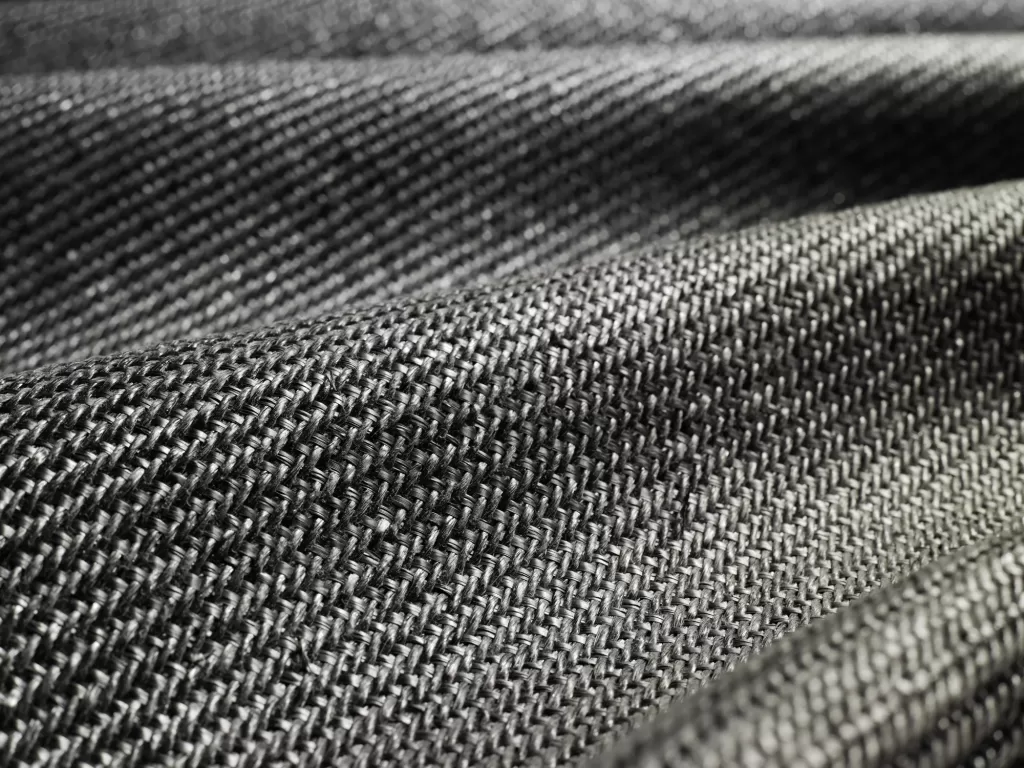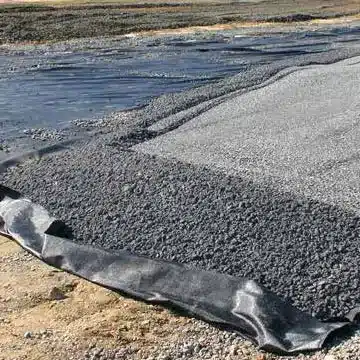What Are The Types Of Geotextiles
Geotextiles play a pivotal role in modern construction and engineering, offering tailored solutions for a variety of applications. Among the diverse array of geotextile options, two primary categories stand out: woven and nonwoven geotextiles. Woven geotextiles are akin to traditional fabrics, featuring a web of interlaced synthetic fibers. Their robust structure provides exceptional tensile strength, making them ideal for applications demanding soil reinforcement, such as road stabilization. In contrast, nonwoven geotextiles are engineered by bonding or needle-punching fibers together, creating a permeable fabric that excels in filtration and drainage. These versatile textiles are commonly employed in erosion control, drainage systems, and moisture regulation. The choice between woven and nonwoven geotextiles depends on the specific project requirements, highlighting the adaptability and effectiveness of geotextiles in diverse scenarios.
What is a woven geotextile?
A woven geotextile is manufactured from continuous filaments or strips of synthetic material which are woven together to form a uniform sheet. A woven geotextile has a very uniform pore size which varies under load making it less suitable for filtering anything other than clean single-sized soils/fills.
What is woven geotextile used for?
The woven geotextiles are created by weaving the yarn, therefore creating a strong fiber. This makes the woven geotextile ideal for strengthening soil and for reinforcement of structures such as walls, embankments, highways, under railroads, and as underlayment for house foundations.
What is the difference between woven and non-woven geotextiles?
Generally, wovens have higher strength values, while nonwovens have higher flow rates and permittivity. The easiest way to distinguish the difference between the two materials is by starting with elongation. Nonwovens will have much higher elongation than a woven.
What are the disadvantages of woven geotextiles?
There are certain disadvantages to Geotextiles. They are susceptible to blockage by sediments; organic residues; plant roots; fungi and algae; viscous petrochemical compounds and slimes.

What is the difference between woven and non-woven geotextiles?
Generally, wovens have higher strength values, while nonwovens have higher flow rates and permittivity. The easiest way to distinguish the difference between the two materials is by starting with elongation. Nonwovens will have much higher elongation than a woven.



Comments
Post a Comment